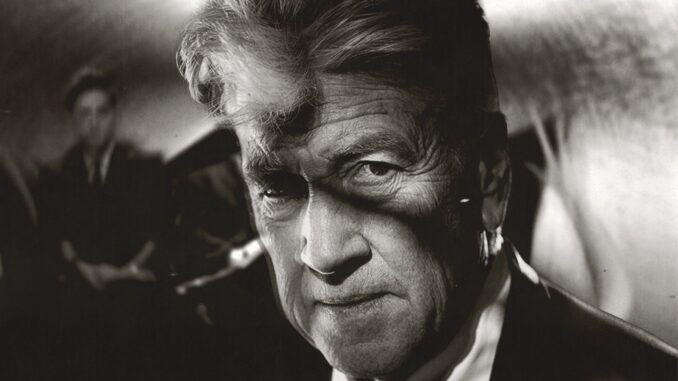
David Lynch and the crazy PlayStation 2 commercial
Let’s go back twenty years to rediscover one of the craziest commercials ever, the one directed by David Lynch for PlayStation 2.
The gaming industry has seen many strange advertising campaigns. From possessed dolls to lives lived in the blink of an eye, oddities have dominated the commercial audiovisual landscape of the turn of the millennium. But, among all the follies seen in years of advertising, one stands out more than others, leading us to ask (at first, at least until enough thought was given) why such a collaboration took place. We are obviously talking about the commercial directed by David Lynch for the launch of PlayStation 2, a surreal spiral with a much less unlikely story than one might imagine.
Welcome to the Third Place
The time of a monochromatic blaze and here appears the wavering face of Jason Scheunemann, famous for his contribution to Mulholland Drive (2001), The Man with the Gray Elevated Hair (2017) and Lynch (2007), accompanied by the strident musical composition by John Neff. “Where have I ended up? What place is this?”, he seems to ask himself. A dark forest of digital matter . The sound coordinates stop and change register. He looks to the right: a woman smiles at him and motions for him to be quiet while he seems to be floating in interplanetary space. He looks to the left: twice her size turns his attention towards him and raises his thumb. Scheunemann replies with the same gesture, his gaze less and less lost in the unreality of the situation.
David Lynch and the crazy PlayStation 2 commercial
Inconclusive, distorted words come from the speakers. The man turns around. Behind him, distantly, a mysterious figure shrouded in mist. “Where,” “we,” exclaims the amplified voice. Smoke. Scheunemann’s head detaches from the body and proceeds faster, as if to highlight the gap between bodily and mental instances in the realm of dreams (including digital ones). More smoke. His head snaps back into place and, immediately, an arm slides into his cheek and out of his mouth. Smoke. Smoke emanating from the sleeves. The man sees his reflection in the gaseous veil.
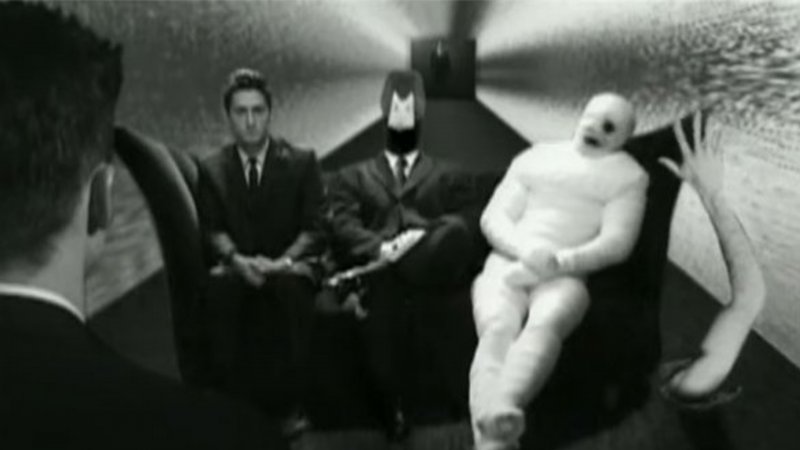
The mist clears. A couch. Three figures look at him: his double, a body covered in bandages and a humanoid being with the head of a duck. At their side, the solitary arm. “Welcome to the third place,” says the duck. Cut. A flashing electric blue LED, the first color on the screen, preceding the PlayStation 2 logo, accompanied by a high-pitched voice shouting in the distance “PlayStation 2. The Third Place”. Black screen.
The key to the surreal
Made at the dawn of 2000, this short audiovisual contribution directed by Lynch seems to encompass all the issues of the new millennium. In addition to being the perfect compendium of the set of stylistic features that distinguish the director’s poetics, this film summarizes in full Lynchian style the essence of the videogame experience: a third place free from all conventions and rules of reality, where everything is possible. And when there is an “other” reality to be brought to the screen, what better vehicle than that of the surreal?
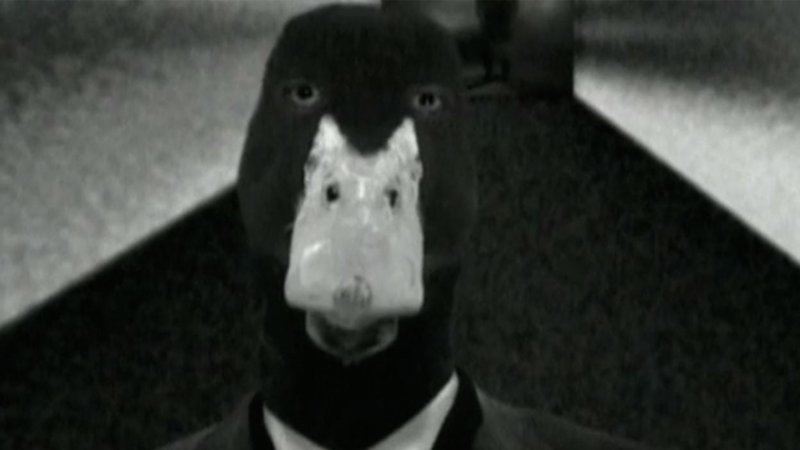
The iconic black and white, son of masters of the surreal on film such as Man Ray and Luis Buñuel, returns to infect the director’s dreamlike vision (despite the existence of color footage), subverting the tendency of “eye-catching” color that advertising agencies have been launching at potential buyers since their inception. The black and electric blue strongly desired by Sony have been ousted by monochromatism, the furthest point from the idea of ”technological advancement” that anyone could have had at the time. But perhaps it is precisely that absence that makes the arrival of the distinctive color at the end of the video even more effective.
Influences from what he had recently created (there is something familiar between the perplexed face of Jason Scheunemann and that of Bill Pullman in Lost Highway) and the influence itself of what would have been his path in the future (the surrealist sequences of Twin Peaks – The Return; the raw quality of the digital format of the Sony DSR-PD150, the camera used to shoot both this commercial and Inland Empire). A reference to one’s own aesthetics and a leap away from it. There is an underlying dualism in this short project to “see and hear”, a dualism that has always accompanied the viewer within Lynch’s thousand worlds.
The talent of amazement
Filmed in just two days in Los Angeles, under the supervision of the creative director of the TWBA/London advertising agency, Trevor Beattie, this promotional video is only the tip of the iceberg of what would later become the entire advertising campaign for the launch of PlayStation 2, with a strong reference to the senseless and crazy, under the aegis of the “Third Place”, a concept that the world of video games has revolutionized.
The console as a “new church”, where the shared adoration of timeless idols becomes an incorporeal and decentralized experience from the Ego of Kantian memory. A secular space devoid of faith, but full of believers. A reality where you can play by your own rules, following that generational dream of freedom from conventions that had flooded the world since the 90s.
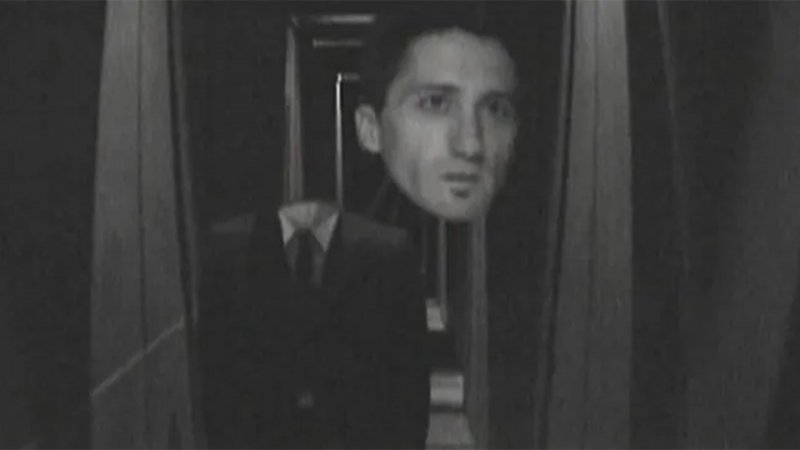
This common thread united the various video contributions so well that many people thought (as is evident from the myriad of PlayStation commercials credited to the director on Youtube) that Lynch was the director of the entire campaign.
In an article on Medium , SimonXIX looked into the matter, tracking down some of the directors of those ads. Among these there is also Tim Hope, whose direction is behind the commercial commonly called The Wolfman, dated 2002, creator of the award-winning animated short film of the same name in 1999.
According to SimonXIX, the erroneous attribution of these products derives precisely from their surreal nature, which the human mind immediately tries to channel into classifications capable of curbing their nature, which in itself is difficult to classify. And “Lynchian” thus becomes a label to be placed alongside the more intricate, more smoky, more labyrinthine works that pass on the screen, to the point of becoming so pervasive as to lead, in cases like this, to the total overwriting of the true author.
Concept beats revenue
The one implemented by Sony was certainly a risky move . Advertising your flagship console, the bearer of immeasurable technological improvements, with a cryptic, art-house and black and white promotional video is certainly a path that, nowadays, not many would be willing to follow.
David Lynch and the crazy PlayStation 2 commercial
In an interview with Welcome to Twin Peaks , Kieron Monahan, the group account director of TWBA, confessed that black and white was not Sony’s premeditated path at all, on the contrary. The black and blue of the console were the priority for the Japanese company.
When Trevor Beattie found himself presenting the first cut to Sony, he turned to David Patton (Sony’s then director of European marketing) and Monahan and whispered to them: “I only have one thing to tell you before we begin: this film… It’s black and white.” Fortunately, Patton liked the result so much that he was able to convince company executives to use Lynch’s vision. Thus, this strange piece of audiovisual history was born, an intensive course on how to narrate an intangible and abstract experience through a handful of sensorial suggestions .
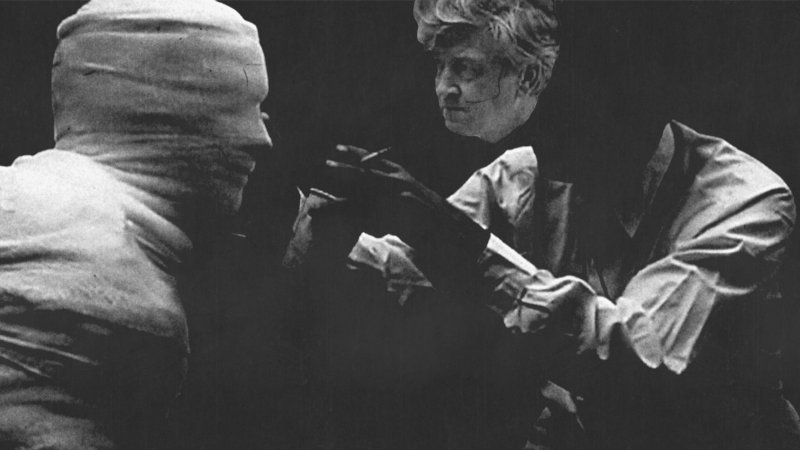
Did you know this particular encounter between auteur cinema and video games? Let us know in the comments.
Also Read: